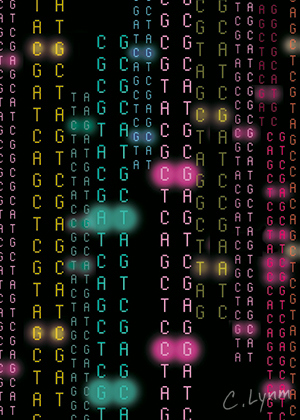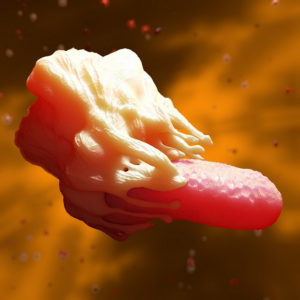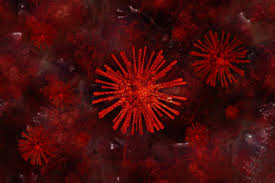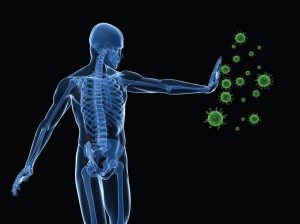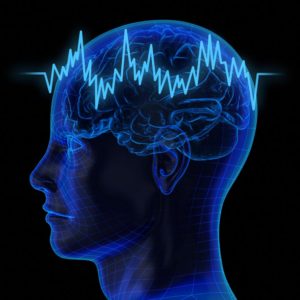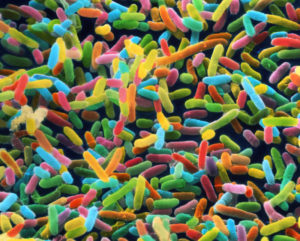Loud sounds, infections, toxins, and aging can all cause hearing loss by damaging so-called hair cells in the cochlea of the inner ear. In a study published today (April 18) in Molecular Therapy, researchers stimulated hair cell renewal with small interfering RNAs (siRNAs) delivered via nanoparticles to the cochlea of adult guinea pigs, restoring some of the animals’ hearing.
“There are millions of people suffering from deafness” caused by hair cell loss, says Zheng-Yi Chen, who studies hair cell regeneration at Harvard University and was not involved in the work. “If you can regenerate hair cells, then we really have potential to target treatment for those patients.”
Some vertebrates—chickens and zebrafish, for instance—regenerate their hair cells after damage. Hair cells of mammals, on the other hand, don’t sprout anew after being damaged, explaining why injuries can cause life-long hearing impairments. Recent research suggests that there might be a workaround, by manipulating signaling pathways that can lead to hair cell differentiation. That’s where Richard Kopke comes in.
“My interest in hair cell regeneration for restoring hearing got peaked while I was in the military because there are so many people that have noise-induced deafness,” says Kopke, a physician who spent more than 20 years in the US Army and is now based at the non-profit Hough Ear Institute, a research organization in Oklahoma City. To help people with all types of hair cell loss, his team focuses on developing strategies for inducing regeneration in these cells.
Kopke’s group showed in 2013 that it could regenerate hair cells in cultured mouse cochlea. The researchers’ strategy involved delivering nanoparticles carrying siRNAs targeting Hes1, which is activated after hair cell damage in mammals and is known to inhibit the expression of genes that are necessary for hair cell differentiation. The idea is that interrupting Hes1 activity will free up the cells to regenerate.
To test their siRNA therapeutic strategy in vivo, Kopke and colleagues exposed anesthetized guinea pigs to constant loud noise for three hours. Then they tested the animals’ hearing and randomly divided the deafened animals into two groups: 11 guinea pigs received a 24-hour infusion of nanoparticles containing Hes1-targeted siRNAs, and nine got a control infusion of siRNAs with no expected activity. The nanoparticles carrying the sequences were delivered straight to the cochlea three days after deafening……

